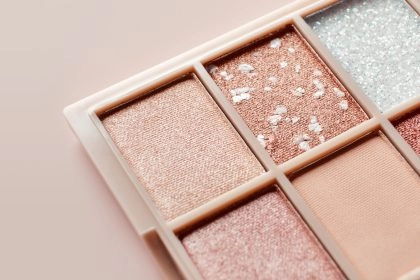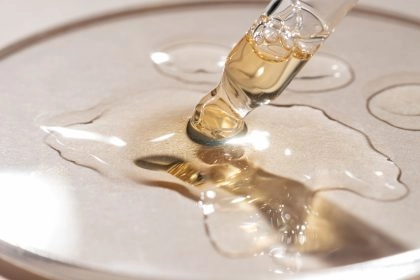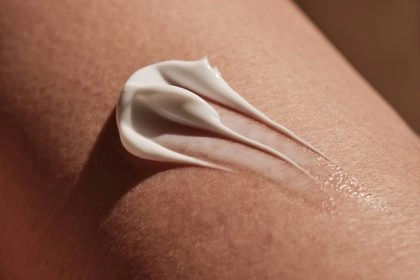Comment assurer la conformité de son étiquetage cosmétique ?
L’étiquette d’un produit est le premier support d’information pour le consommateur. C’est pourquoi l’étiquetage des produits cosmétiques répond à des règles précises, comme par exemple en Europe ou aux Etats-Unis. Celle-ci visent à protéger le consommateur et à lui permettre de faire un choix éclairé.
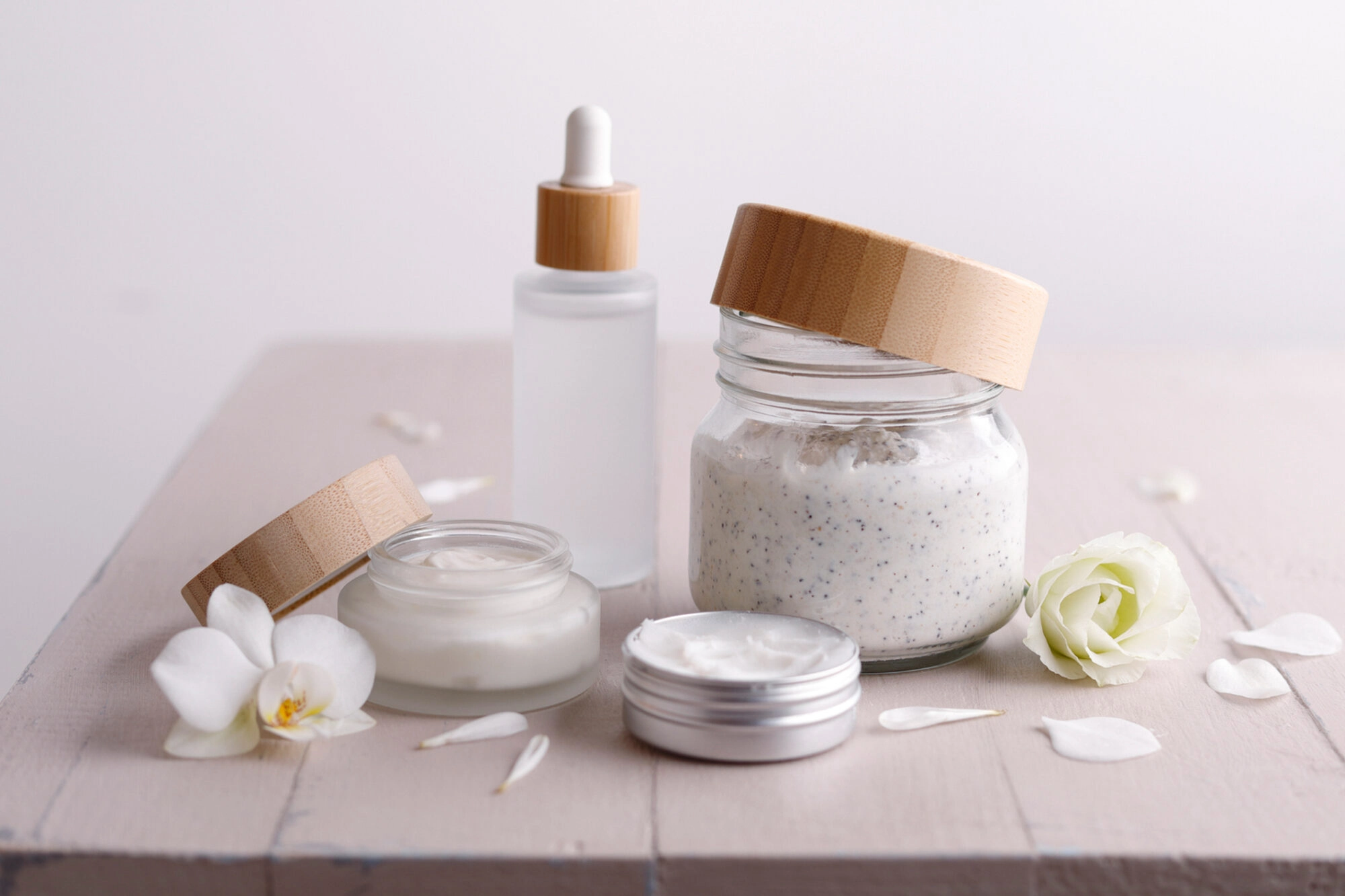
Les obligations d'étiquetage des produits cosmétiques en Europe
Les exigences d’étiquetage d’un produit cosmétique en Europe sont encadrées par l’article 19 du Règlement 1223/2009. Les informations requises doivent figurer sur l’emballage en caractères indélébiles, facilement lisibles et visible. Les mentions obligatoires sont les suivantes :
- Les coordonnées de la Personne Responsable : c’est la personne physique ou morale qui assure, sur le sol européen, la conformité du produit à la réglementation ;
- Le pays d’origine si le produit est importé en Europe ;
- Le contenu nominal, c’est-à-dire la quantité (en poids ou en volume) de produit contenu dans l’emballage. Les produits contenant moins de 5 g ou 5 ml, les échantillons et les unidoses sont exemptés ;
- La date de durabilité minimale
 ou la PAO
ou la PAO 
- Les précautions d’emploi et les avertissements éventuels, qui permettent au consommateur d’utiliser le produit en toute sécurité ;
- Une référence d’identification (numéro de lot ou équivalent) afin d’assurer la traçabilité ;
- La fonction du produit (sauf si elle est clairement identifiable par la présentation) ;
- La liste des ingrédients (voir plus bas), précédée de la mention « Ingrédients ».
| Date de durabilité minimale et PAO
|
Lorsque l’emballage est trop petit pour contenir toutes ces informations, les précautions d’emploi et la liste des ingrédients peuvent être précisées sur un support annexe (notice, étiquette, bande ou carte, jointe ou attachée au produit). Le symbole du « livre ouvert (ou « livre et main »), apposé sur le contenant, signale que ces informations sont disponibles.

Par exemple, si l’emballage primaire (contenant, comme un tube) est trop petit, elles peuvent être apposées sur l’emballage secondaire (boîte en carton)
Les mentions obligatoires sont rédigées dans la langue du pays membre d’origine. En cas d’exportation, la fonction du produit et les précautions d’usage doivent être traduits. Attention, en cas d’exportation vers la France, l’Autriche, la Bulgarie, le Portugal, la Pologne ou la Slovaquie, l’ensemble de l’étiquetage doit être traduit. Cependant, pour mettre un produit cosmétique sur le marché américain, la seule traduction en anglais de l’étiquetage n’est pas suffisante, il convient de suivre les règles spécifiques édictées par la FDA (Food and Drug Administration).
Les règles d'étiquetage pour produits cosmétiques aux Etats-Unis
L’étiquetage des produits cosmétiques aux Etats-Unis est encadré par le Federal Food, Drug and Cosmetics (FD&C) Act et le Fair Packaging and Labelling (FP&L) Act, et doit être conforme au « Cosmetic Labelling Guide ». Attention, aux Etats-Unis, ces règles concernent également tout texte, image ou dessin qui figure sur le produit ou qui l’accompagne. Les informations requises doivent être en anglais.
La législation américaine distingue deux parties pour l’étiquetage, pour lesquelles les informations exigées diffèrent :
- Le « principal display panel » (PDP) : c’est la partie la plus visible pour le consommateur dans des conditions habituelles de présentation en rayon. C’est souvent la face avant de l’emballage secondaire (boîte) ;
- Les « information panel » (IP) : ce sont les autres faces du produit, comme les côtés ou l’arrière de l’emballage secondaire.
Le « principal display panel » doit comporter :
– Le nom du produit ;
– L’identité : c’est un nom ou une illustration qui décrit la nature et l’utilisation du produit ;
– L’avertissement « warning – the safety of this product has not been determined. » dans le cas où la sécurité d’emploi et l’innocuité du produit n’ont pas pu être complètement déterminées (par exemple dans le cas d’un manque de données pour un ingrédient ou d’études en cours au moment de la mise sur le marché) ;
– La quantité nette, en mesure de fluide ou en mesure de poids selon la consistance du produit (avec la mention « Net wt. » pour « poids net » ou « Net contents » pour les fluides), ou en nombre d’items le cas échéant.
Les autres informations qui doivent figurer sur les « information panel » sont :
– Les conseils d’utilisation et précautions d’emploi : ils doivent permettre au consommateur un usage sûr ;
– Les avertissements nécessaires si le produit ou son mésusage peut présenter un danger pour la santé du consommateur ;
– Le nom et l’adresse de l’entreprise, accompagné de « fabriqué pour … » ou « distribué par… » le cas échéant (si le distributeur et le fabricant sont différents) ;
– La liste des ingrédients (ou déclaration d’ingrédients), qui doit être suffisamment mise en évidence pour être facilement vue. Sa taille minimale et les conditions de sa bonne visibilité sont définies dans le « Cosmetic Labelling Guide » ;
– Tout autre information nécessaire permettant un usage du produit en toute sécurité.
Les obligations d’étiquetage d’un produit cosmétique aux Etats-Unis présentent un certain nombre de subtilités, comme les unités de la déclaration quantité nette, sa taille par rapport au PDP, ou encore les avertissements spécifiques selon le type de produit. Il est donc indispensable de suivre les consignes du Cosmetic Labelling Guide à ce sujet
Le cas de la liste des ingrédients
En Europe ou aux Etats-Unis, les ingrédients sont déclarés par ordre décroissant de concentration dans le produit, sauf pour les ingrédients présents à moins d’1 %. Les colorants sont listés à la fin de la liste d’ingrédients (sauf dans le cas des ingrédients de coloration capillaire en Europe). Dans le cas de produits comportant différentes couleurs, donc des compositions ne variant que par les colorants dans une même gamme, l’ensemble des colorants utilisés dans la gamme peut être listé à la fin de la liste après la mention « peut contenir » ou le signe « +/- » (Europe), ou la mention « may contain » (Etats-Unis). En Europe, la liste des ingrédients doit également déclarer les allergènes cosmétiques dans certaines conditions (mettre lien article allergènes).
La dénomination des ingrédients à employer est spécifiée par chaque réglementation. Pour l’Europe, c’est celle du Glossaire des dénominations communes des ingrédients. Aux Etats-Unis, c’est celle établie par le commissaire comme spécifié dans la section 701.30 du Code of Federal Regulations (Titre 21), ou par d’autres publications précisées dans le Cosmetic Labelling Guide, comme le dictionnaire des ingrédients cosmétiques de la CTFA ou encore la pharmacopée des Etats-Unis. Dans les faits, c’est la nomenclature INCI (International Nomenclature of Cosmetic Ingredients) qui est principalement utilisée, avec cependant quelques spécificités (tableau).
Différences entre la liste d'ingrédients en Europe et aux Etats-Unis (non exhaustif)
| European Union | USA | |
|---|---|---|
| Fragrance | « parfum » ou « aroma » | « fragrance » ou « flavor » |
| Color additives | CI (Color Index) | nom FDA (par exemple FD&C Yellow n°5) |
| Botanical ingredients | Nom latin | Nom commun |
| Water | aqua | water |
| Honey | mel | honey |
Une des particularités de l’étiquetage aux Etats-Unis, c’est le secret commercial. En effet, il est possible de ne pas citer un ou plusieurs ingrédients en ajoutant la mention « and other ingredients ». Cependant, cela n’est possible qu’après avoir déclaré la composition de l’ingrédient / matière première à la FDA via le « Voluntary Cosmetic Registration Program » et que la FDA accorde le statut de secret commercial, ce qui est extrêmement rare…
Conclusion
Tant en Europe qu’aux Etats-Unis, l’étiquetage d’un produit cosmétique répond à une stricte réglementation. Afin de ne pas risquer de sanctions des autorités de contrôle, il est donc indispensable d’en maitriser les subtilités, ou de se faire accompagner si ce n’est pas le cas. Première interface avec le consommateur en rayon, l’emballage est également le premier support des allégations, qui, là encore, sont très encadrées par la réglementation cosmétique.
Plus ressources qui pourraient vous plaire

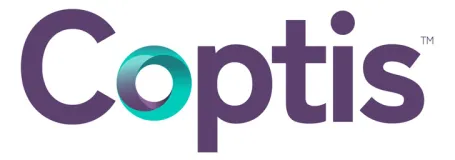
 La date de durabilité minimale correspond à la date jusqu’à laquelle le produit cosmétique, conservé dans des conditions appropriées, reste utilisable et sûr pour le consommateur. Elle est déterminée par des tests de stabilité. Lorsqu’elle est inférieure à 30 mois, elle est représentée par le symbole du sablier, accompagné d’une date sous forme jour/mois/année ou mois/année et parfois de recommandations de conservation
La date de durabilité minimale correspond à la date jusqu’à laquelle le produit cosmétique, conservé dans des conditions appropriées, reste utilisable et sûr pour le consommateur. Elle est déterminée par des tests de stabilité. Lorsqu’elle est inférieure à 30 mois, elle est représentée par le symbole du sablier, accompagné d’une date sous forme jour/mois/année ou mois/année et parfois de recommandations de conservation
